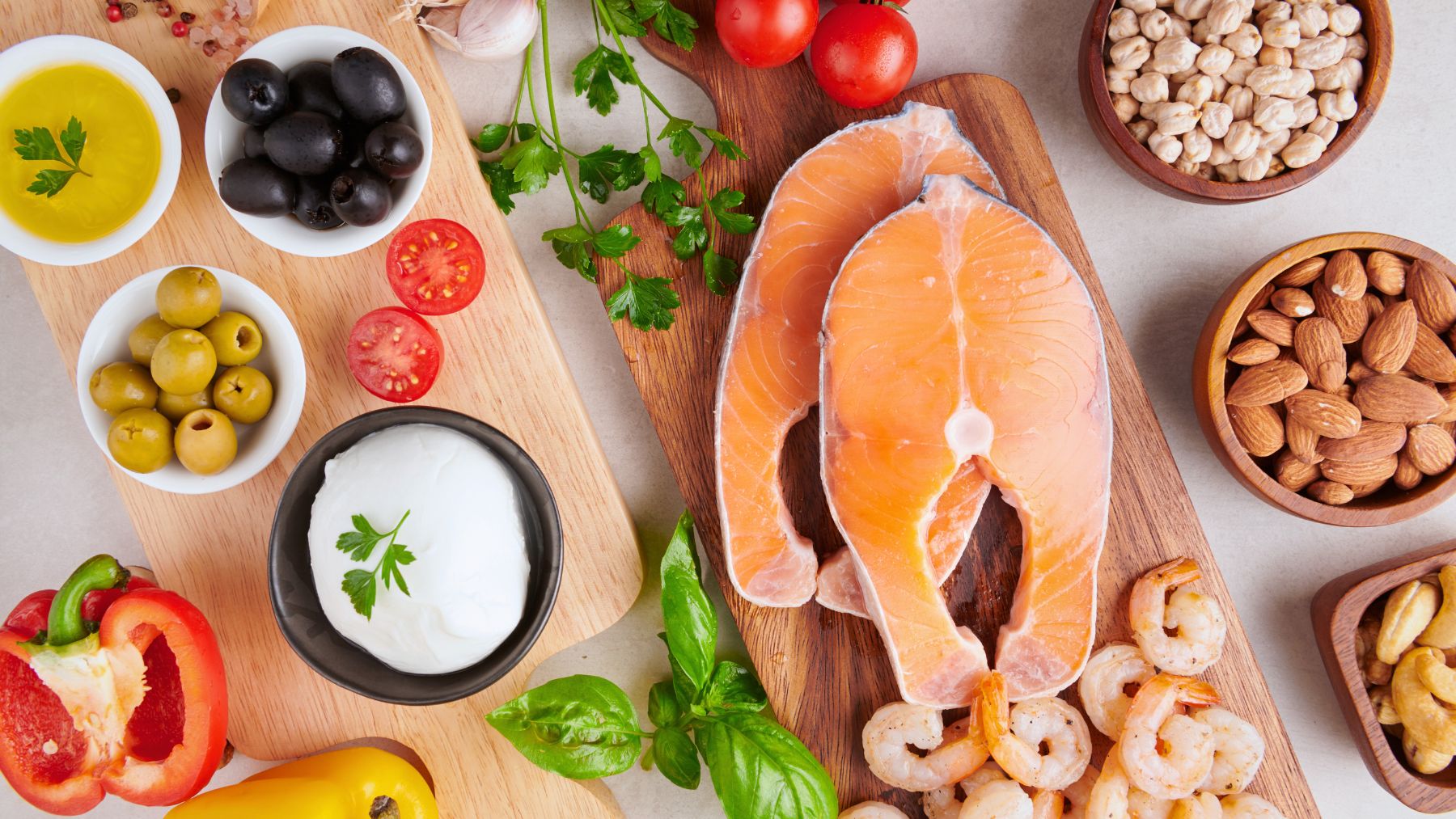Salmon is a great source of omega-3s, but there is a smaller contender that deserves our attention. Sardines pack a significantly stronger nutritional punch per bite, support heart health, and come at a lower price than most other seafood alternatives.
Here, we’ll delve into why these small, nutrient-dense fish are the superior choice for heart care, examine their distinctive advantages, and offer ideas to include them in your daily meals easily.
Why sardines are a superior alternative for omega-3s and heart health
A 3-ounce serving delivers approximately 2 grams of omega-3 fatty acids (EPA and DHA), a content that rivals or even surpasses many cuts of salmon. These essential fats help lower inflammation, optimize cholesterol levels, and reduce the risk of cardiovascular disease. Besides, sardines rank among the safest seafood choices due to their minimal mercury content.
But sardines offer more than a generous supply of omega-3s. That same 3-ounce serving meets 370% of your daily vitamin B12 requirement, vital for energy production and nerve function. It also covers 24% of your daily vitamin D needs, crucial for immunity and bone strength, and provides 96% of the daily mineral selenium necessary to protect cells from oxidative stress.
Unlike salmon, sardines are typically enjoyed whole, allowing you to benefit from their tender skin and edible bones, which add valuable calcium and collagen. They’re also harvested using sustainable methods, are budget-friendly, and require no cooking at all.
How to incorporate sardines into your meals simply
Sardines possess a bold flavor, and consuming tiny whole fish can seem a bit daunting. Fortunately, most canned sardines today are available skinless, boneless, or even pre-seasoned, ensuring that no heads are in sight. The secret to including them is pairing them with complementary ingredients that balance their richness. Start with one of these easy ideas:
- On crackers: Spread whole-grain crackers with cream cheese or mashed avocado. Top with a sardine, a squeeze of lemon, and a sprinkle of black pepper.
- In salads: Gently flake sardines into a Greek salad (tomatoes, cucumbers, olives, and feta) or toss them into fresh leafy greens dressed with a tangy vinaigrette.
- With pasta: Fold sardines into tomato-based sauces or mix them with olive oil-coated noodles with garlic and lemon zest.
- As a spread: Blend drained sardines with Greek yogurt, lemon juice, and herbs such as dill or parsley, then use the mixture as a sandwich filling or veggie dip.
- Straight from the tin: Drizzle with olive oil, add a pinch of sea salt, and pair with pickled vegetables.
If you’re watching your sodium intake, opt for sardines packed in olive oil or water. Tomato-based or mustard-infused sauces can add flavor without extra effort. And indeed, you might want to keep a toothbrush handy after your meal, as the aroma can linger.
Sardines may not entirely replace salmon in your everyday dinner lineup, but they’re certainly worth incorporating into your meal rotation. Begin with modest servings and experiment with bold flavor profiles such as citrus zest, fresh herbs, or piquant spicy sauces. Both your heart and your grocery budget will appreciate this nourishing alternative.

